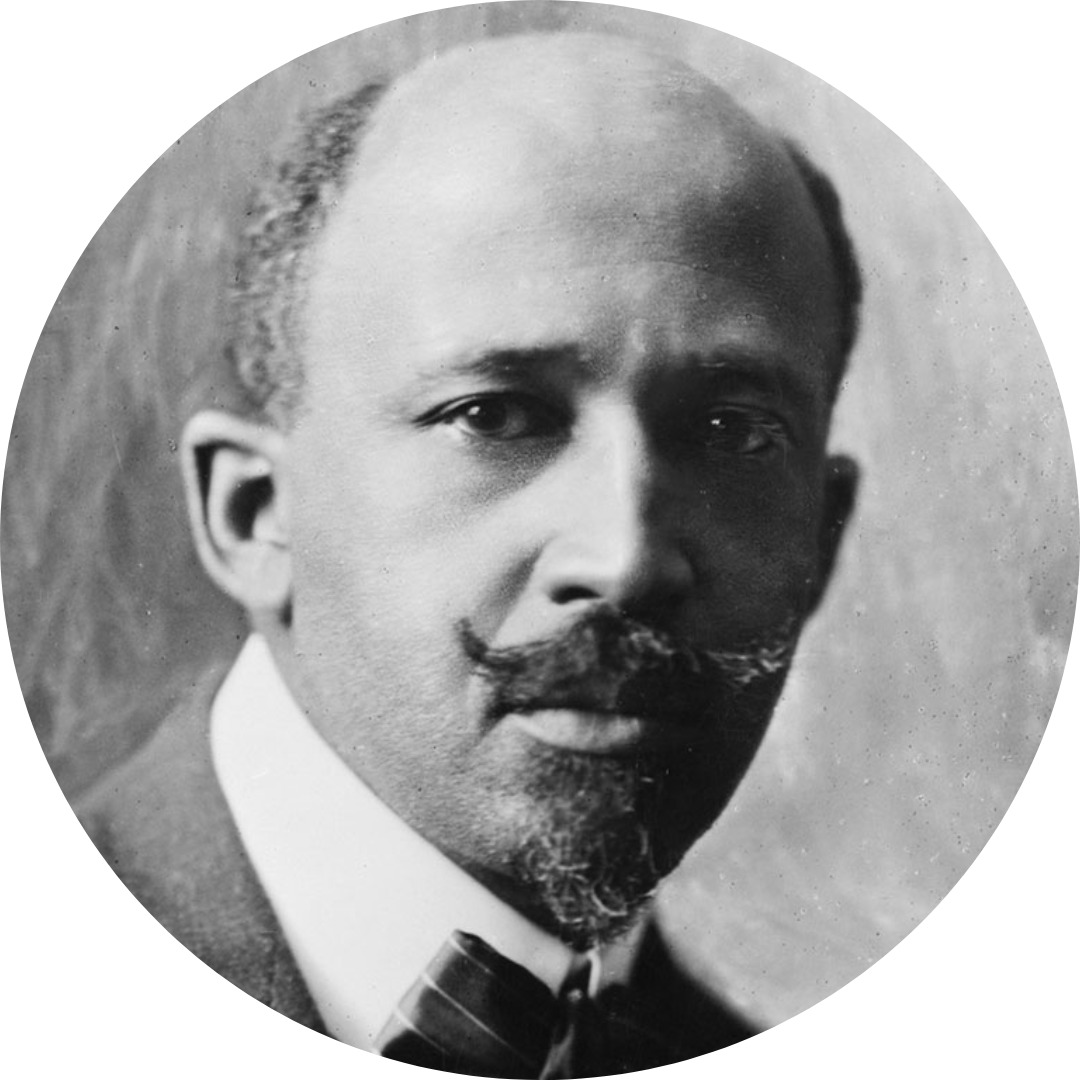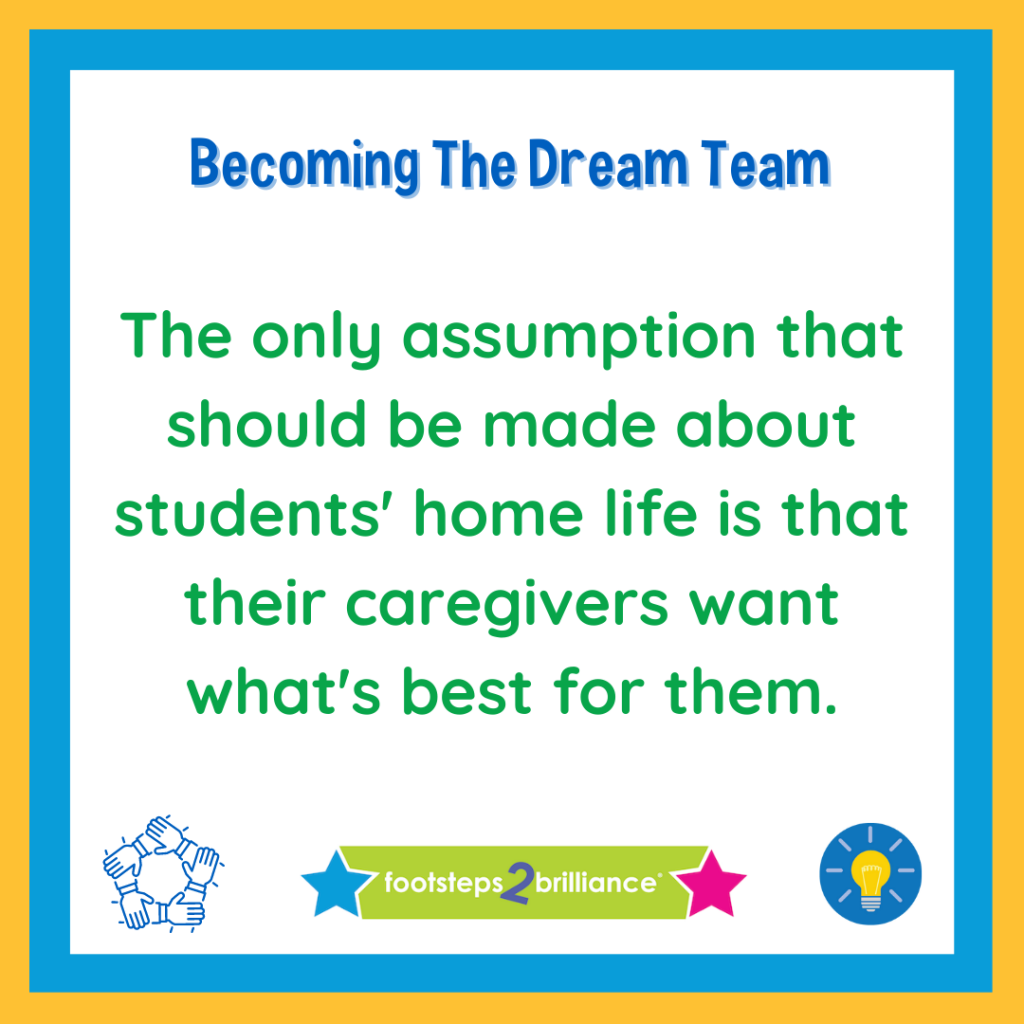
By Carissa Lellos
Teaching, like many other jobs, relies entirely on the relationships you build. Unlike other jobs, there is regular changeover, and it’s not just your success that depends on your ability to connect. One of the hardest lessons I learned during my years as a teacher was the importance of building mutually beneficial relationships with my students’ caregivers. I was trained during my graduate studies to embrace caregivers and community members and to include them in the goings on of my classroom, but was initially resistant. I worried that by inviting them in, all I was doing was providing fodder for criticism. It took work to put my pride aside and put my students’ needs ahead of my own insecurities. Doing so made all the difference.
It was not easy work, and amid the thousands of other plates teachers are expected to keep spinning, it may seem like a luxury instead of a must-have. In this article, we will dissect the importance of building healthy caregiver-teacher relationships and becoming the Dream Team. In the rest of this series, we will provide concrete tips and resources for taking this important step.
The stakeholders in every student's success
In any educational system, there are many stakeholders who play a critical role in a child’s success, including teachers, caregivers, community members, administrators, school staff, and the children themselves. Among these stakeholders, teachers and caregivers are two of the most important. The relationship between teachers and caregivers is a crucial one that has a direct impact on the student achievement. Let’s explore the many benefits of family and community engagement in the educational system.

Start from a place of understanding and empathy
Why “caregivers” and not “parents?” Not every student comes from a traditional home, and that assumption can damage home-school relationships from the start.
The term “caregivers” includes parents, grandparents, older siblings, group home staff, or any other adult guardian who is responsible for the care and wellness of a child. The first step to nurturing the caregiver-teacher relationship is getting to know a student’s home life, and the caregivers who love them.

A model of collaboration
Teachers and caregivers are role models for children. Children learn by example, and when they see their caregivers and teachers working together, it reinforces the importance of teamwork and collaboration. A positive relationship between caregivers and teachers also helps children understand that they have a support system that cares about their education and wants them to succeed, enabling them to take risks in their learning. This requires regular communication about both successes and struggles in the classroom and at home.
Bridging the gap between home and school
Strong caregiver-teacher relationships can have a direct impact on a student’s academic achievement. Teachers are experts in their field, and caregivers are experts on their children. However, students’ behavior in the classroom may differ from their behavior at home, as the two are completely different environments. This gap between school and home can create friction in the caregiver-teacher relationship. But when teachers and caregivers communicate regularly and work together to support a child’s learning, they can identify areas where a student may be struggling and come up with solutions to help them succeed. This can be particularly important for students who are at risk of falling behind, as early intervention can help to prevent them from falling further behind.
Let's make it happen!
While the importance of the Dream Team can’t be overstated, it’s easier said than done. There are many factors that can get in the way of relationship building, and I’ve experienced them all. Pride, misunderstanding, and lack of resources are among the most common barriers. Follow along in our Dream Team: Caregiver and Community Engagement Teacher Tip Tuesday series over the next few weeks for concrete tools and resources.
Coming up next week: Communication Methods.
Find more at linktr.ee/footsteps2brilliance.
Join us each week as we cover tips and resources for nurturing caregiver-teacher relationships and increasing community engagement.
Looking for more Teacher Tip Tuesday content? Visit https://www.footsteps2brilliance.com/category/teacher-tip-tuesday/
Not signed up? To learn how to provide your class with access to the Footsteps2Brilliance bilingual literacy program, click here, or sign up to speak to a Footsteps2Brilliance expert here.




